Does it seem like you’re reading more and more headlines about algal blooms, dead zones, and water crises across our country? Here’s why
Water is always moving. The Lake Erie waters dripping off a just-landed walleye contain billions upon billions of molecules that traveled untold miles over time, picking up all kinds of chemical hitchhikers, which include nutrients—nitrogen and phosphorus—from farm fertilizer. The word “nutrient” is often associated with positive effects on human health, but they can become dangerous pollutants in our watersheds.
In 2016, the Environmental Protection Agency released a memo renewing a single call to action: reduce nutrient pollution. Why? Because it “remains one of the greatest challenges to our nation’s water quality and presents a growing threat to public health and local economies.” In other words, nutrient pollution makes our water toxic to drink and costs communities millions of dollars to treat.
Nutrient pollution comes from many sources, including storm runoff from cities, but a lot of it drains into our water via poorly managed agricultural land. Nutrients in fertilizers make farms more productive, but when rain washes over those fields, nutrients can pollute entire watersheds. The Des Moines Water Works lawsuit, which was perhaps the biggest legal action on water quality in decades, specifically addressed pollution caused by nitrogen, one of the major components of fertilizer. The downstream impacts are bad for human health, sportfish, waterfowl, and even your Labrador retriever.
While the nutrients themselves can be toxic, the effects of added nitrogen and phosphorus can ripple out with devastating effects. Nutrient pollution leads to algal blooms, which decimate fish and wildlife populations not only near the agricultural lands where nutrients are sourced, but also downstream at some of the best freshwater fishing, saltwater fishing, and hunting spots—on both private and public lands and waters.
That’s why sportsmen and women should care deeply about this problem and work with landowners to support solutions.
What’s Feeding the Beast
Nutrients facilitate algae growth, just like fertilizer on a farm facilitates crop growth, and the algae need little else to survive. While there is typically more than enough light and water to keep algae reproducing, the presence, or lack, of nutrients in water is the limiting factor keeping algae populations in check. Reduce nutrients and growth stops. Add them, and growth explodes uninhibited.
The critters that we love—fish, ducks, and more—thrive in conditions with low levels of algae. When we add fertilizer to the equation, everything gets out of whack, and resulting algal blooms become a big, big problem. Here’s why:
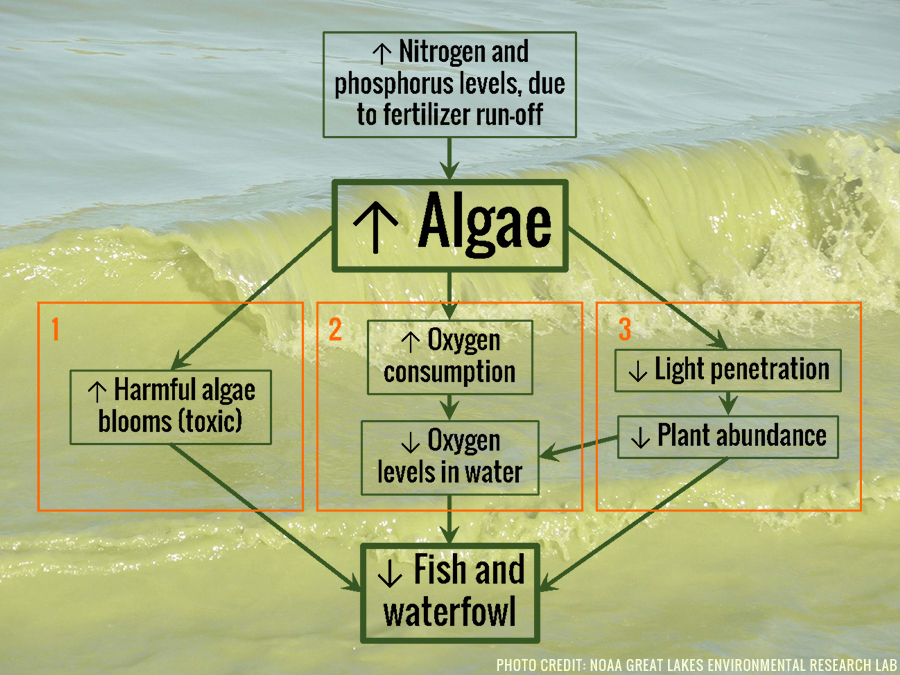
First, and most simply, some types of algae are toxic if consumed by fish, wildlife, and humans. When these toxic algae bloom, they can create dire scenarios for public health. This has led to states of emergency in cities and towns across the country, including parts of Florida, the Great Lakes, and Utah. In 2014, half a million residents of Toledo, Ohio, were banned from drinking the city’s water, or using it to cook or brush their teeth, for three days. Similarly, algal blooms are also toxic for fish, wildlife, and pets (including your bird dog) and can cause massive die-offs.
Second, algal blooms lead to a depletion of oxygen. As algae dies it decomposes, and the business of decomposition requires a lot of oxygen. All that oxygen consumption leads to hypoxia, the absence of dissolved oxygen in water, which causes sportfish such as trout and salmon to literally suffocate. This is what’s happening in the Gulf of Mexico and Chesapeake Bay dead zones.
Third, mats of algae block sunlight from entering the water, harming aquatic plants by limiting their ability to convert sunlight into energy. This causes vegetation to disappear from wetland and coastal areas, removing an important food source for fish and waterfowl and a source of oxygen that is urgently needed in water where algae are decomposing.
All of this is to say that when you read or hear about clean water initiatives, you should be as concerned as you would about a threat to your public access, because toxic water means losing opportunities to hunt and fish. And when you think about conservation, remember that watersheds often start on private lands and that landowner conservation practices—like restoring wetlands, maintaining stream buffers, and planting cover crops—are critical to maintaining healthy fish and wildlife habitat.
Farm Bill Solutions
The Farm Bill supports some of the most successful programs for improving water quality and reducing harmful nutrient runoff from private lands. For example, the Regional Conservation Partnership Program was introduced in the 2014 Farm Bill partly to allow landowners to partner with organizations to improve soil, water, and wildlife habitat conditions. Click here to learn more about the farm bill conservation programs that help landowners improve water quality downstream.
This was originally posted October 12, 2016, and has been updated.

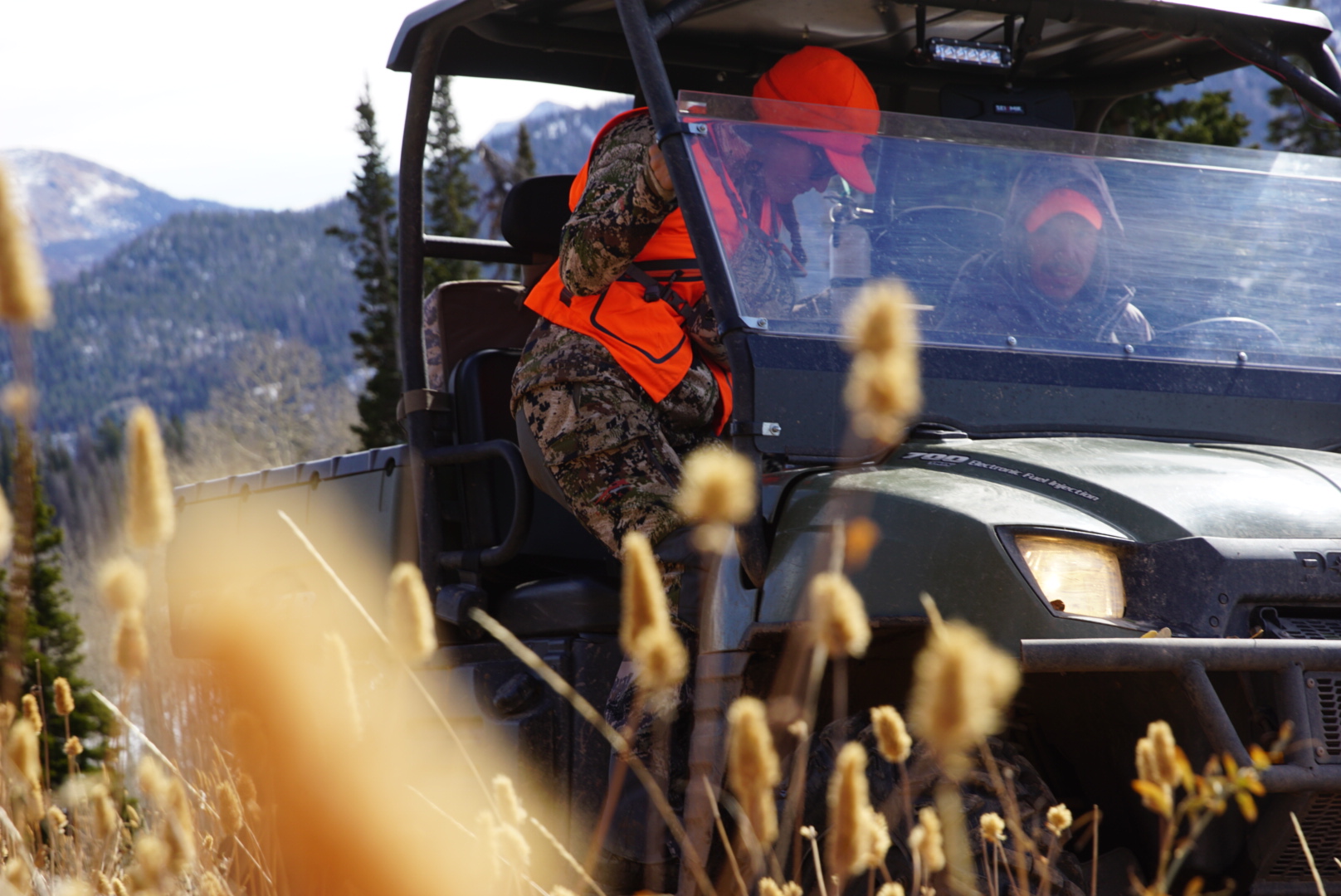
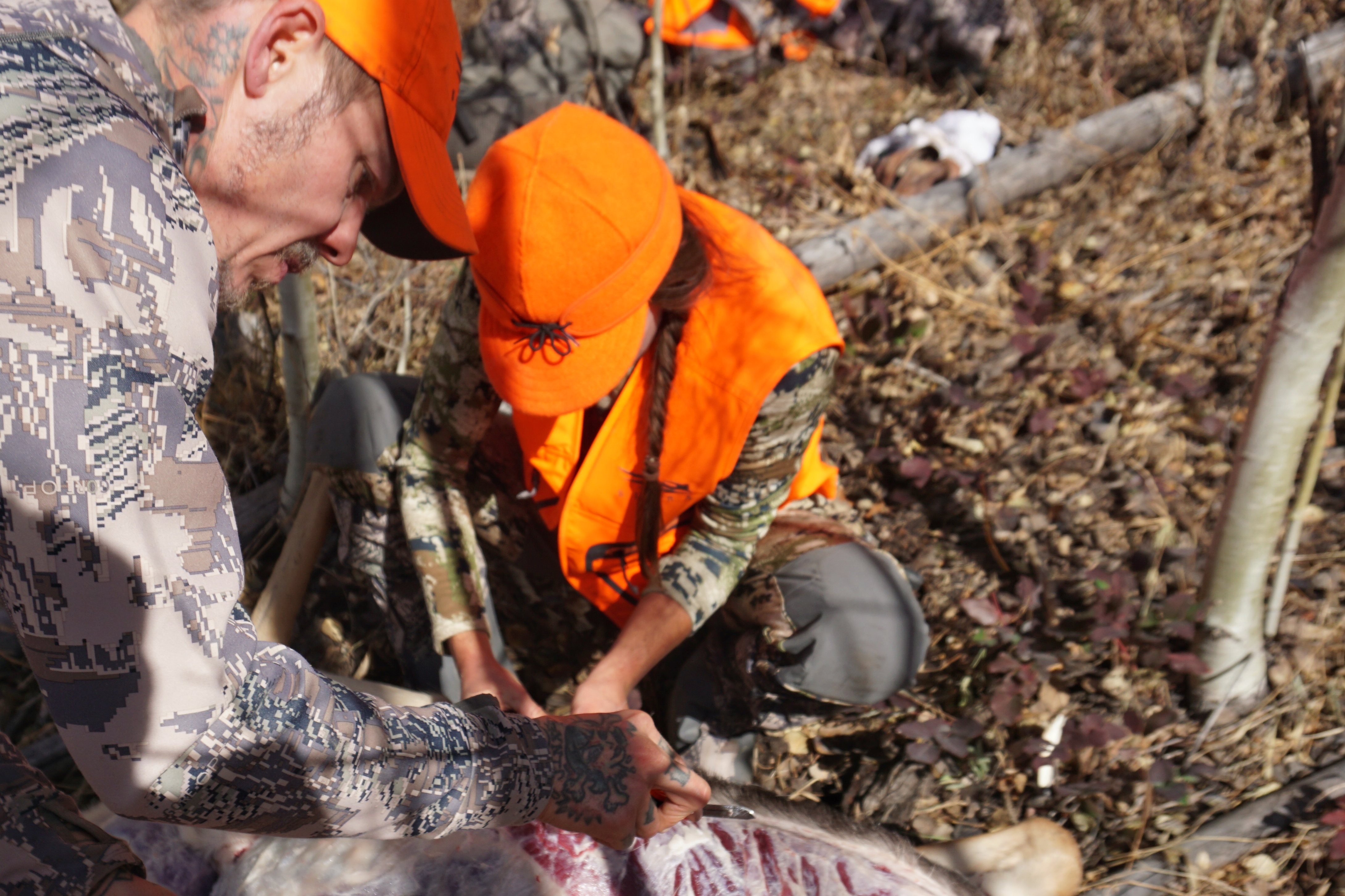
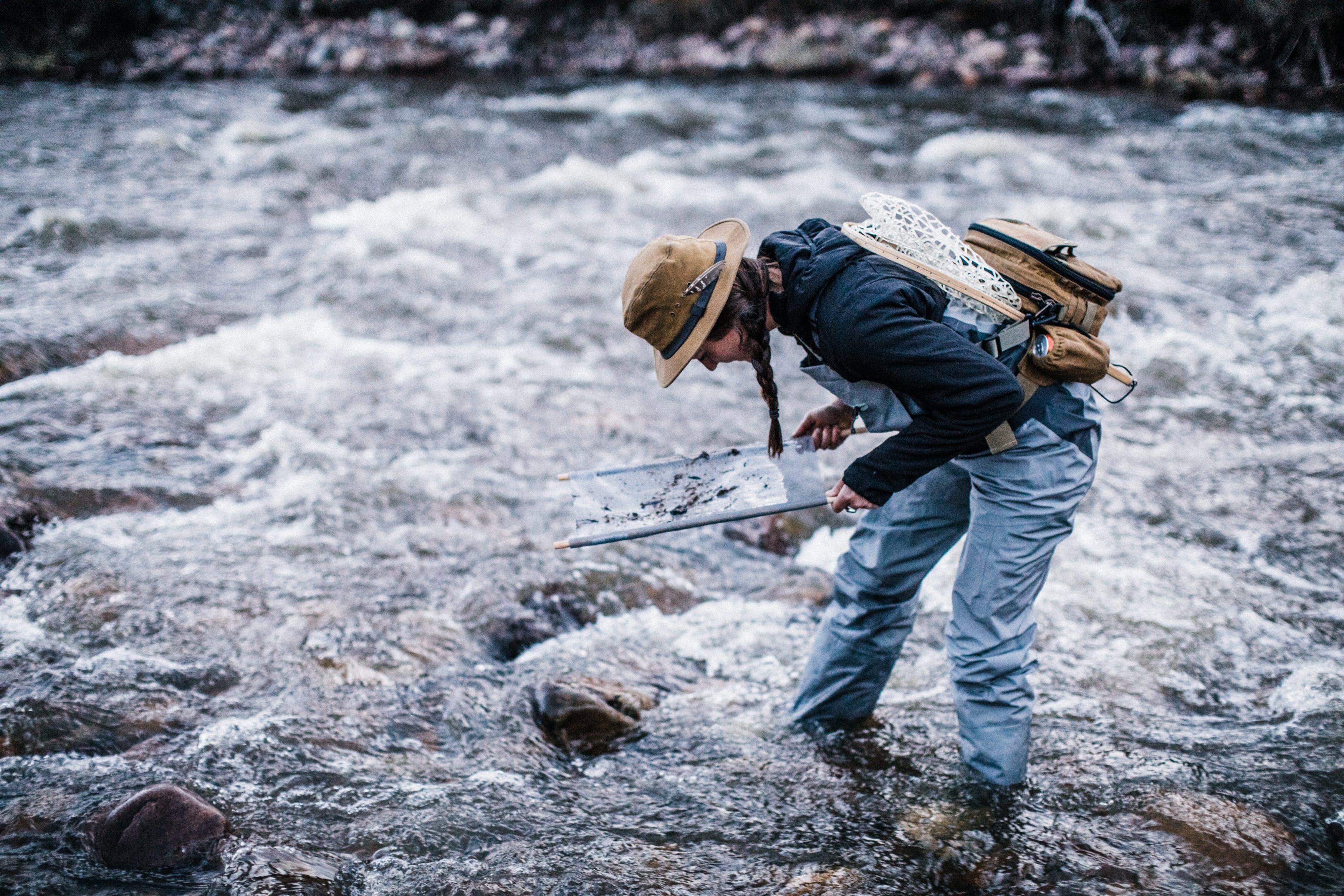
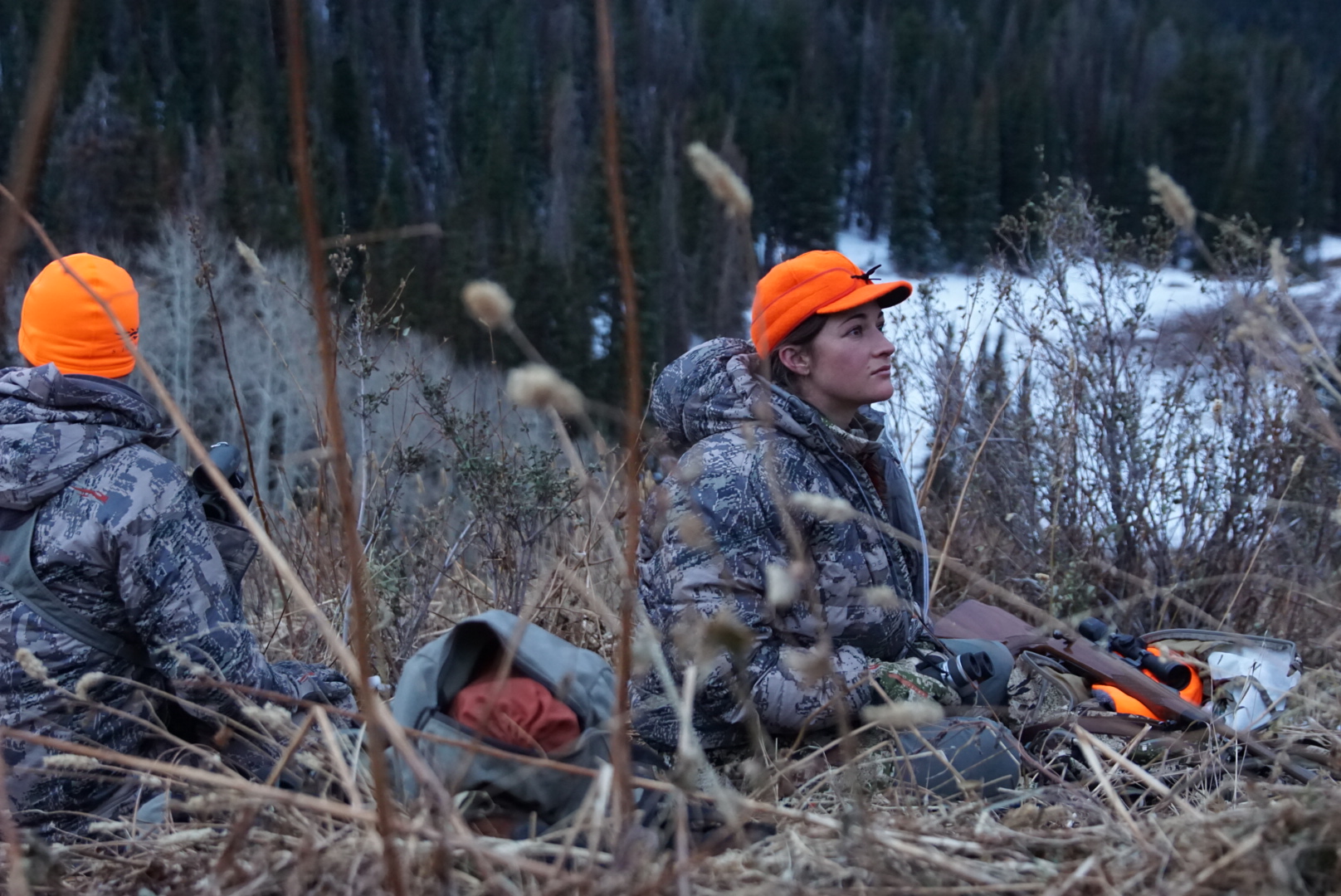
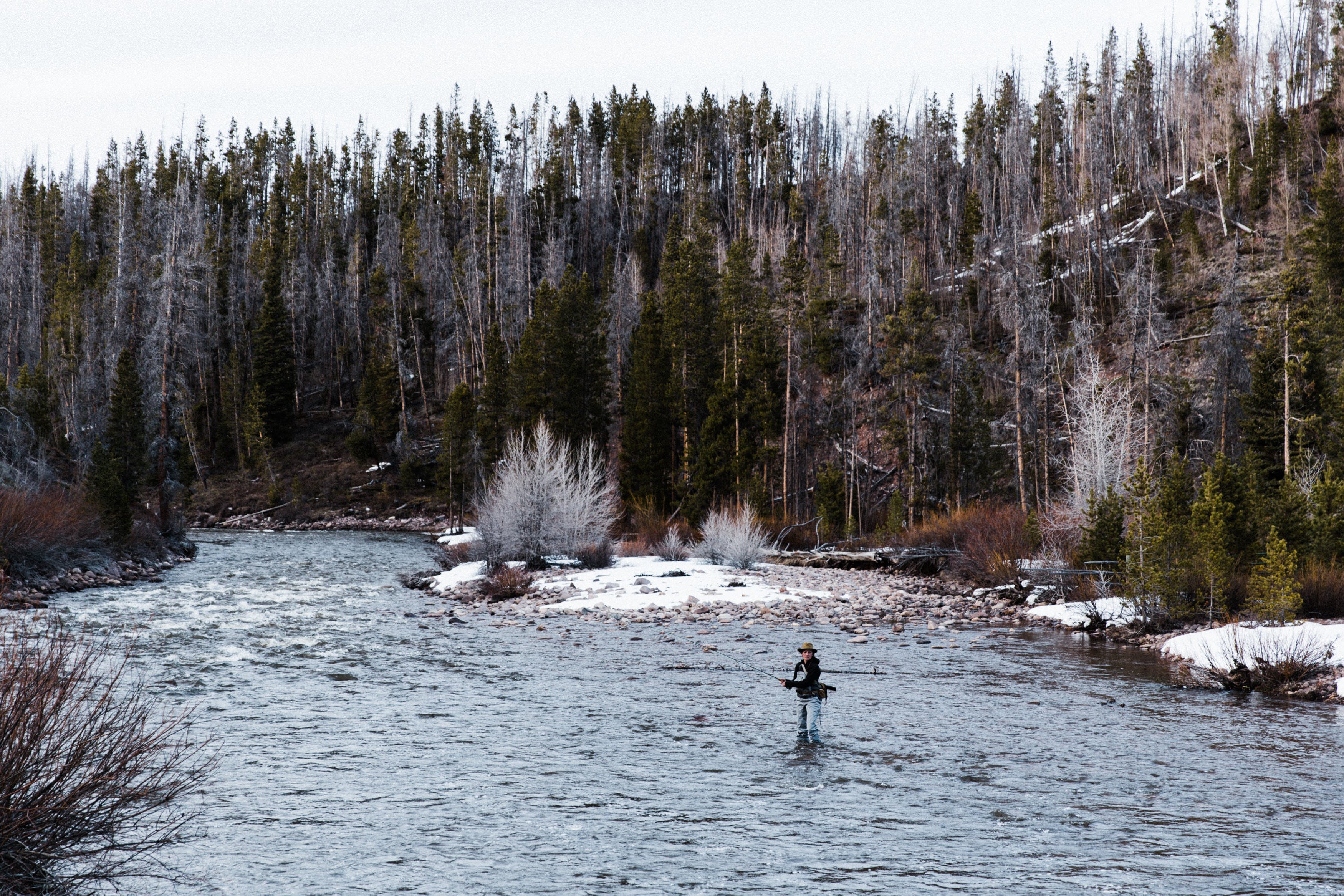
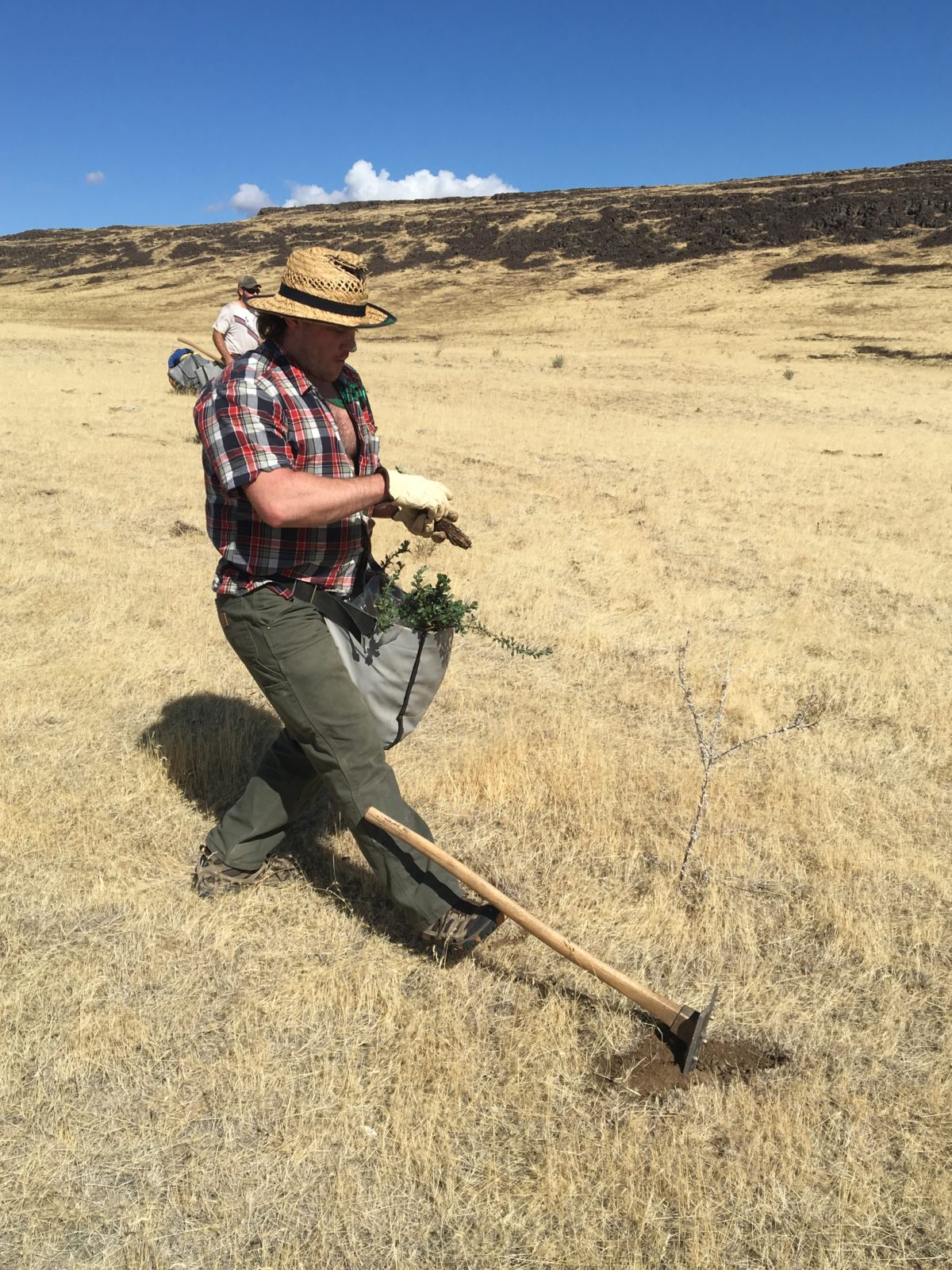
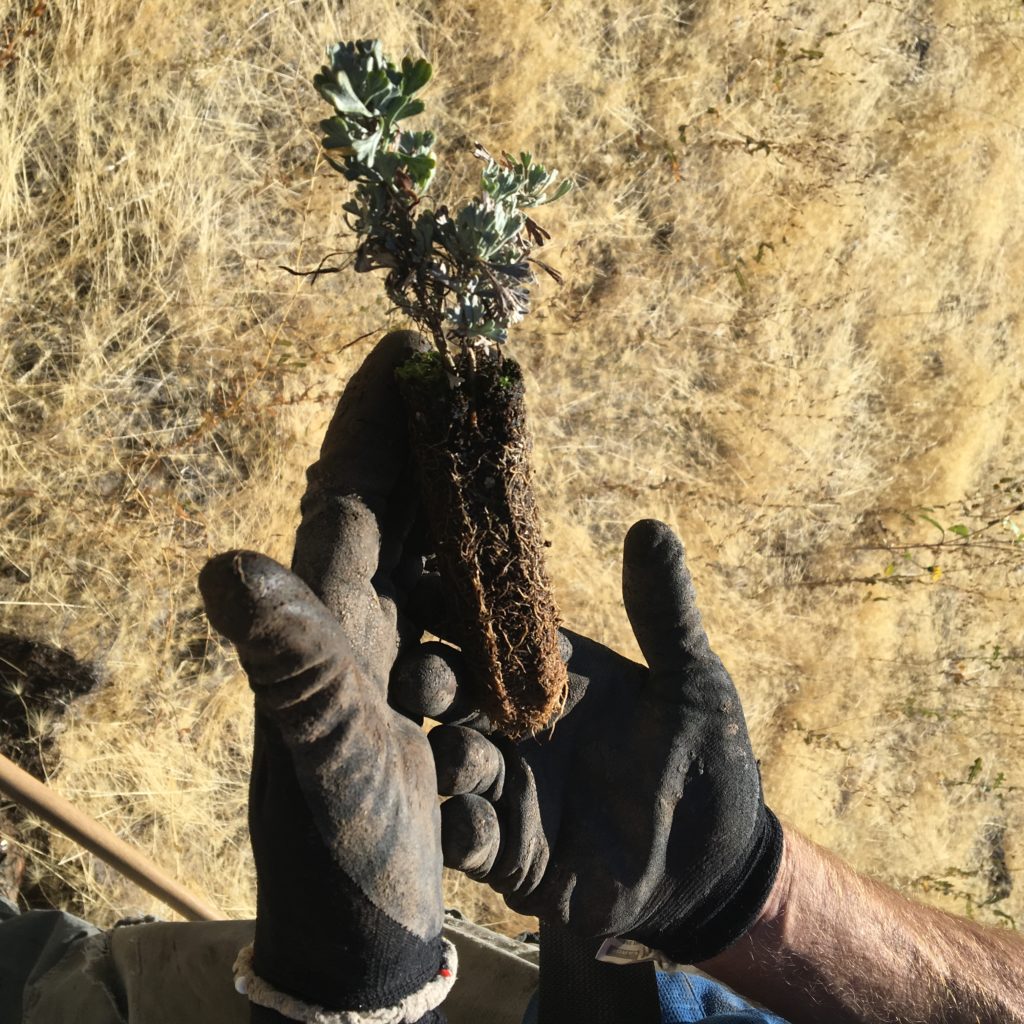
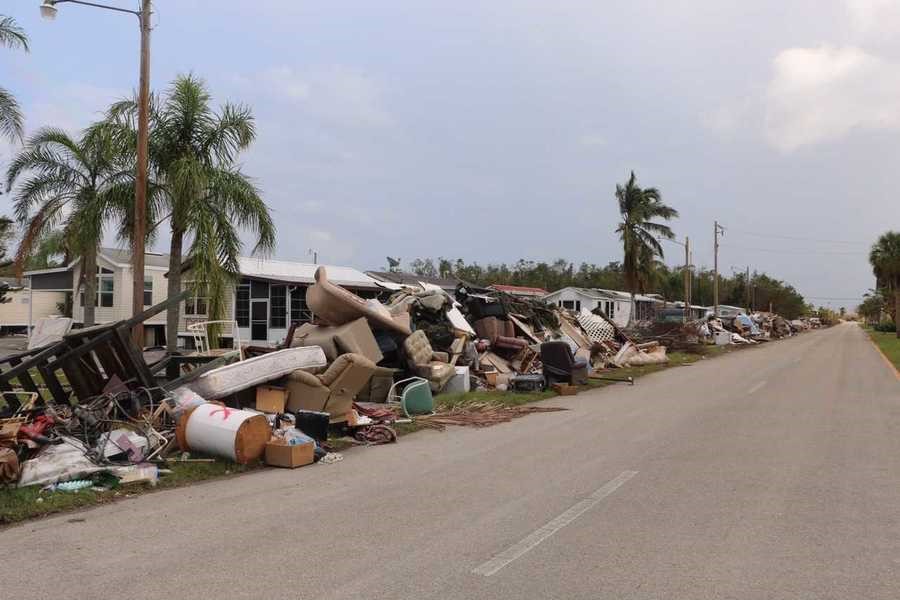
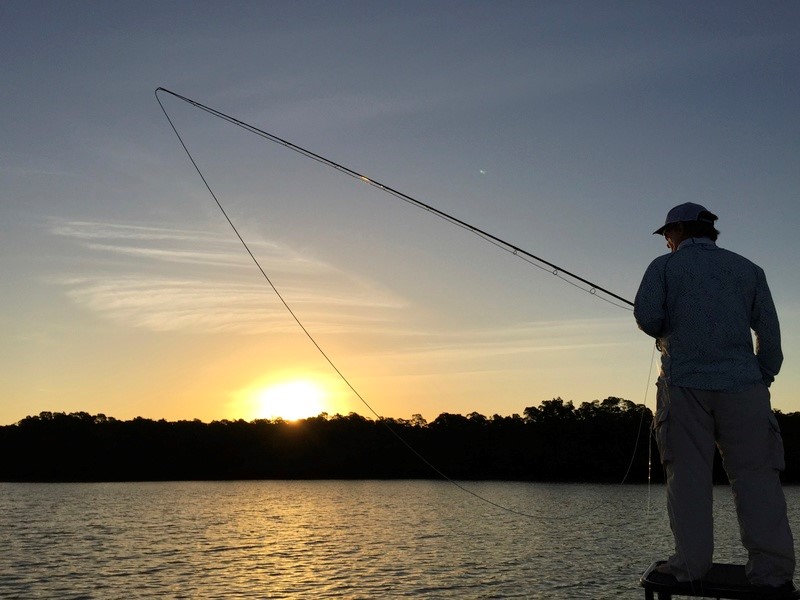




As to Algae Blooms in Brackish / Salt Water, we need to increase the population of filter feeders , Menhaden, to digest these blooms. Algae ( Phytoplankton ) is the key food source of Menhaden. Menhaden have been purse seined to the lowest historical levels in the Chesapeake. They are our natural combatants. We need to bring them back! Fighting run off is key, but we also need to figure out how to increase the natural environments ability to fight back.
While there are those concerned about either banning hunting altogether or believing the silly notion that the lead that hunters use in their ammunition is killing wildlife and the people who eat it; They should try and focus more of their attention to an issue like this that’s severely far more reaching into the devastation of wildlife.
That’s all very general but there’s no proposed solution or efforts.
Shall we plead with our neighbor farmers for only having a 50-ft. wooded buffer strip instead of 100-ft. And if pleading doesn’t work, publicly shame?
Shall we plead with our governors to purchase a 100-ft. strip along the edges of all farms? Pass a law to prohibit farming within 100-ft of streams and rivers?
I appreciate that TRCP is not like Sierra Club screaming at their subscribers to make change, but some organized letter campaign, or Potluck with NRCS and hunters, would be better than reciting the problem again without efforts to change.
Thanks for the informative coverage of this key issue!
The algae blooms off the coast of Louisiana have been growing every year for a long time now and lots has been done to study and promote awareness on the root cause of its growth–volumes of “N and P” beyond that known to exist organically does it…no question…and it comes mostly from agricultural runoff in the world’s 4th largest watershed. The problem seems to be that the deoxygenation of the water happens slowly (though grossly oversimplified for me, not you) and does not create large flotillas of dead fish and sea life. Simply put, it never presents the dramatic photo-op seemingly necessary to fire folks up. Further complicating the issue is that sportsmen continue to catch loads of specks and redfish despite the large dead zone–and sportsmen don’t complain when they’re killin’ or catchin’. It is conceivable that a combination of existing practices could reduce the source significantly without negatively effecting bottom-line balance sheet issues for farmers—that is, a combination of conservation practices and precision farming. At some point my hope is that a surrogate issue comes along to help solve this problem at it’s upstream source—perhaps downstream communities will take legal action to hold the sources of these runoffs financially responsible for the condition of their water and motivate the ag community to embrace a proactive reduction of these runoffs.
Very Good Points covered in both the article and the comments. The major polluters in the US are corn and soy farmers. This being said, reducing their protective zones affecting in many cases their make break point of profit needed to stay in business. Corn and soy farmers have not had alternative choices for cash crops, Universities are supported by grants provided by corporations to substantiate “Best Practices” justifying the ongoing business of selling more seed, fertilizers, weed control and herbicides which also pollute watersheds. An alternative cash crop is being grown and tested as an alternative to corn and soy called Whitten Kenaf. Research done by Purdue University found that adding nitrogen and other fertilizers did not increase enough yield to consider using for profit. Whitten Kenaf not only has the properties of remediating soil, it also removes toxins from the soil and helps to manage water runoff. This amazing plant is drought tolerant and its fiber and wood core have the potential saving valuable trees and boosting local economics through the creative uses it can provide i.e. over 25,000 uses.
It sure happened at Bear Creek Lake in Lakewood, Jefferson County, Colorado and Canyon Lake, northwest of New Braunfels, Comal County, Texas. While often blamed and in a sense rightly so, much of this blue-green algae is caused by suburban/urban residents with these damn ornamental lawns and the demand that they be fertilized twice a year and then constantly watered. Eliminate with new home building non-native grasses and the problem will be greatly reduced.
Just went to one of my favorite fishing holes today . Looked just like the picture of the green lake on your site. In the great state of iowa unfortunately most of the lawmakers are millionaire farmers who couldn’t care less about water quality. Nothing is gonna change in this state. A lot is good and more is better when it comes to fertilizer. Trump will give them another train car full of money so they can buy more.